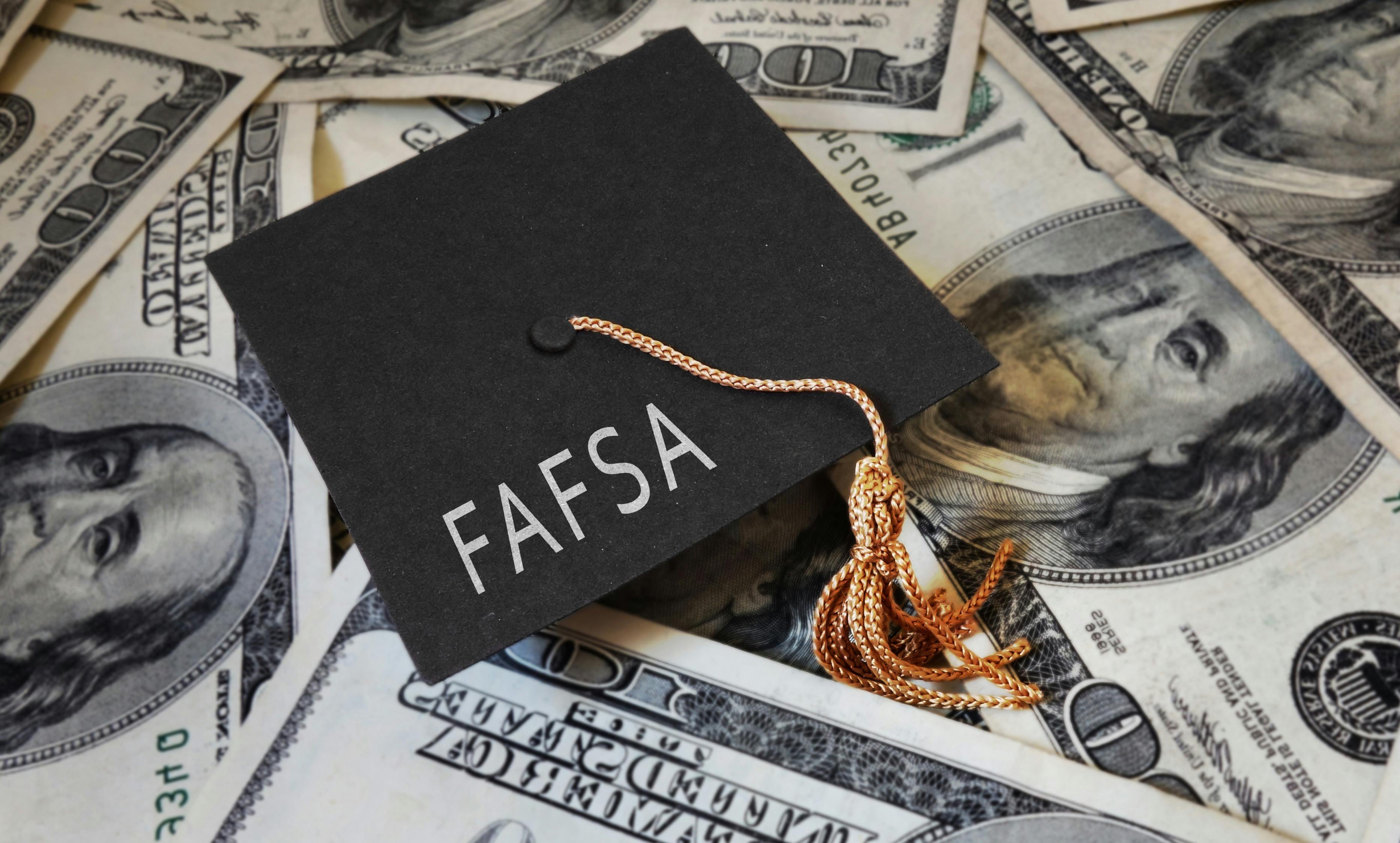
Are You Ready for the FAFSA Simplification? Here’s What You Need to Know.
Each year, millions of graduating high school students fill out the Free Application for Federal Student Aid (FAFSA) in hopes of receiving financial support for college. Historically, however, those most in need of aid are often the least likely to apply for it, due in large part to the overwhelming complexity of the financial aid application process. To simplify the process and improve college access, the Department of Education announced on November 15 that it was finally releasing its redesign of the FAFSA by December 31—two months later than the usual October 1 release. While the release of the simplified FAFSA is good news for students and parents, for colleges and universities it poses a series of challenges, giving them two months less to prepare financial aid offers.
As your institution prepares for the 2024-2025 FAFSA launch, we’ve outlined a few things to keep in mind.
What Does the FAFSA Simplification Aim to Do?
The FAFSA redesign streamlines the form from 108 questions to 46 questions and enables the IRS to transfer data from federal tax forms. The goal of this redesign is to increase higher education accessibility and encourage more students to apply for financial aid. According to the Department of Education, the simplified forms will help 610,000 new students from low-income backgrounds receive Federal Pell Grants and will also help 1.5 million more students receive the maximum amount– bringing the total number of students eligible for the maximum Pell Grant amount to more than 5.2 million.
By removing obstacles in the financial aid process, the Department of Education opens the door for more students to apply for aid and attend college. This new form may help increase enrollment among underrepresented groups as well as improve retention rates, thereby creating a more inclusive and diverse higher ed environment.
What Challenges May Arise?
While the delayed release of the FAFSA is creating anticipated turmoil for departments across campus, it is—not surprisingly—effecting the financial aid office the most. Financial aid professionals have yet to see the simplified form and can’t adequately prepare to address its changes until they do. Changes to the application will also mean changes to aid allotment, and many institutions aren’t sure whether they’ll need to provide students with more aid or with less.
The biggest issue, however, is that the release delay means a delay in form fills and applications. Since institutions won’t receive the Institutional Student Information Records (ISIRs) until January at the earliest, getting out aid offers on time will take no small amount of effort. If students don’t have the necessary aid information by the May 1 decision deadline, this will heavily impact enrollment decisions.
How Can You Prepare for the Simplified FAFSA?
In episode 9 of the enrollment marketing vlog series “Total Conviction,” Spark451 cofounder and Vice President of Enrollment Marketing at Jenzabar, Steve Kerge, outlined three things you can do to get ready for the December 31 simplified FAFSA release.
- Make sure you collaborate across departments. Admissions and financial aid counselors need to work together to expedite the aid process.
- You should consider putting together a series of prepackaged communications that can be sent to students and their families. While you might not be able to release actual aid amounts early, you can alleviate parent and student anxiety by letting them know the different types of aid available and what they’ll need to do once they receive their financial aid offers.
- You should get merit awards out as early as possible, either with the initial admissions package or as a separate communication. Financial aid information can come later, but if students know an institution has given them merit aid on top of any federal aid they might later receive, this will help students make their decision and reduce the pressure on financial aid departments.
If you haven’t yet taken these steps, you should heavily consider doing so. December 31 is quickly approaching, and you’ll want to make sure that both admissions and financial aid teams are prepared to get to work as soon as possible.




